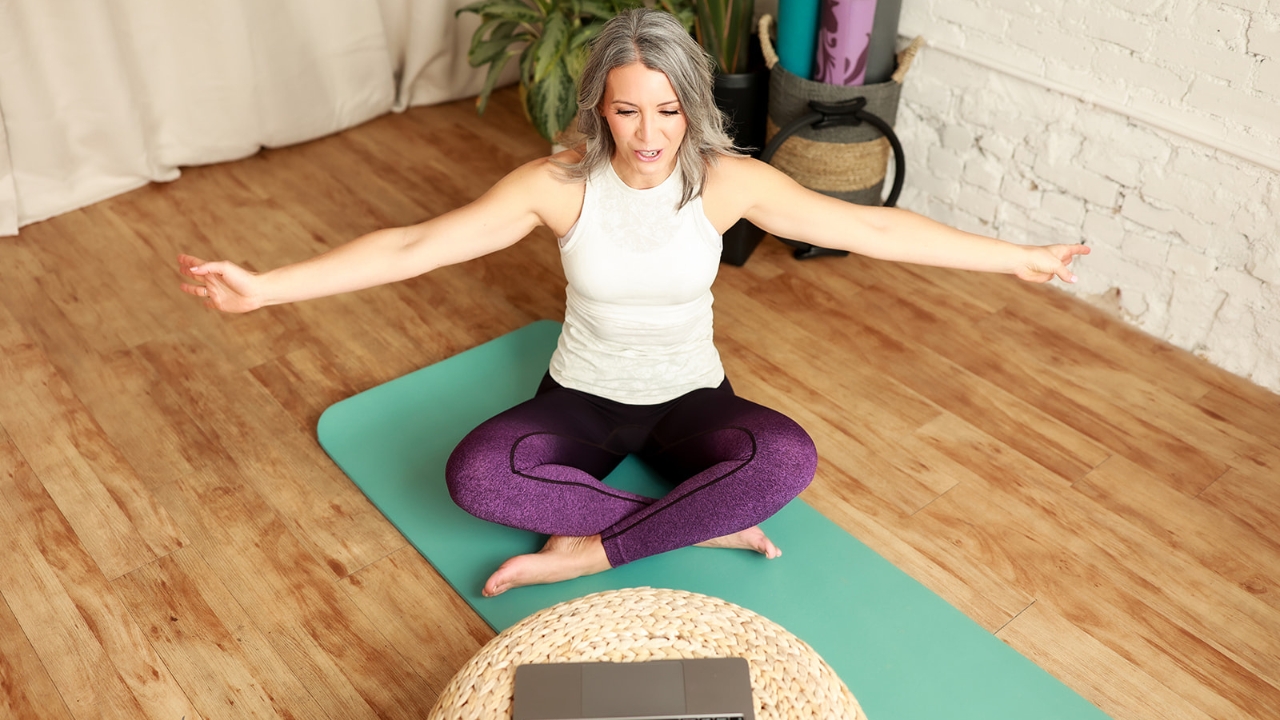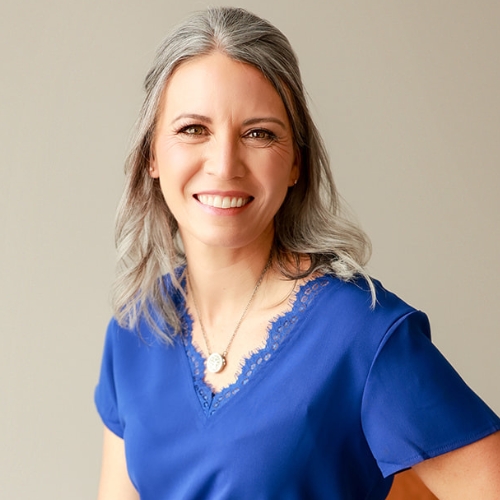With so many online Pilates workouts, it’s challenging to determine the qualifications of the person teaching, and unfortunately there are a lot of Pilates classes taught by people who aren’t even Pilates teachers. When it comes to practicing Pilates, working with a knowledgeable and qualified teacher can greatly impact the quality of your practice.
What I’ve come to realize is that people share workout videos for various reasons, like to make workouts more accessible, because a something is popular, such as Wall Pilates, or because they really like working out.
Posting fitness classes without the necessary expertise or qualifications can mislead and harm participants, promoting improper form and increase the risk of injuries. Proper training, certification, and ongoing education are crucial for maintaining safety, effectiveness, and integrity in workouts.
I recently made a disheartening discovery that someone posted a YouTube Video featuring a Wall Pilates Workout remarkably similar to one I taught years ago. Initially, I discovered that the person was reviewing the results she achieved after just one week of Wall Workouts, but lets set aside the issues of one-week results for now.
As I watched her summary of Wall Pilates, I noticed that one of the workouts she featured was the first wall workout that I posted to YouTube several years ago. During the video she admitted to having little experience or understanding of Pilates, struggled with some of the exercises, and general concepts. And this is really common when we first begin Pilates, I experienced this as well, and still remember how strange it felt moving with many of the exercises.
But what raised concerns was less than a few months later she posted her own Wall Pilates Workout, that was eerily similar.
The Pilates Method is too beautiful, and there are too many amazing well-qualified Pilates teachers to work with someone who is not a qualified Pilates teacher.
When it comes to Pilates classes and workouts in general, it truly is a “buyer beware” situation. Whenever I seek online workouts or consider attending a new class, I look to what a persons qualifications are to teach.
Here’s how you can find a Pilates teacher who is qualified:
Research and Credentials
Just because someone has a Yoga Teacher Training Certificate of Completion, is a Group Fitness Teacher, or even a physical therapist does not qualify them to teach Pilates. A Pilates Teacher has specific education that includes anatomy, Pilates exercises, contraindications, observation and student teaching hours.
Currently, the NPCP (National Pilates Certification Program) stands as the sole organization for credentialing Pilates teachers. However, it’s important to note that there are numerous highly trained and qualified Pilates teachers who aren’t certified to teach Pilates, but hold a Certificate of Completion from a Pilates Training Program.
This includes individuals who have undergone a robust Pilates training. This can be a comprehensive training including matwork, the reformer, wunda chair, cadillac, and other Pilates equipment. It can be a more specialized Pilates training like reformer specific training, or a Pilates Mat Teacher Training. Even with the Pilates mat teacher training it’s recommended that the program has a minimum of 100 hours, like the Trifecta Pilates Mat Teacher Training Program.
Experience & Expertise
Every Pilates teacher was new and taught their first class. Many times during the first few years of teaching Pilates, there is additional guidance from other Pilates Professionals, and teachers will continue to learn through working with clients, and continuing education. But sometimes people may need a more qualified teacher.
During the early stages of my career, I would often refer clients to other Pilates teachers or professionals when their specific needs exceeded my expertise. It was important to prioritize the client’s well-being and ensure that they received the best possible assistance, even if it meant seeking guidance from other qualified professionals.
Observation & Trial Classes
Before committing to one teacher, studio, or workout, take time to explore their website, observe a class, or try out a session. Because Pilates is a movement experience, sometimes we don’t know if the session is beneficial until we try. It’s also not uncommon to feel a little unsure of Pilates during the first few sessions. Unless the session is really not ideal, try at least 3 sessions with the same teacher. It can take time to get used to Pilates or working with a new teacher. As you move with Pilates, you’ll get to know the exercises, cues, and different types of sessions.
Emphasis on Technique
If you’re taking a class and there is no reference to alignment, breath, or technique, this may be a big red flag. Pilates teachers prioritizing precision and quality of movement, not just feeling the burn, counting exercise repetitions, or following a timer countdown. There is a time for challenging Pilates workouts, but they come after someone has a strong foundation with Pilates.
Personal Connection & Trust
Being qualified as a Pilates teacher does not necessarily guarantee that their teaching style will resonate with you. It’s perfectly normal to come across Pilates teachers whose classes you may not enjoy. When this happens, seek out instructors whose teaching style and session structure you have confidence in and genuinely appreciate. Pilates is a personal journey, so it’s crucial to find a class that you enjoy and feel connected to.
After many people have worked with me, they’ve expressed the realization that what they were doing before wasn’t truly Pilates—it was merely a workout. There’s nothing inherently wrong with engaging in a solid workout or incorporating fitness-focused Pilates into our routines. However, it’s important to strike a balance by refining our movement, personalizing our technique, and tuning in to what our body truly needs. That’s why slower-paced Pilates classes, which may appear “less challenging,” can be incredibly beneficial as they provide ample time for cultivating a deeper mind-body connection.
In addition to refining movement and technique, it’s valuable to tune into the nervous system when selecting the style of Pilates session that will best suit your needs. For a more comprehensive understanding of working in harmony with the body, brain, and nervous system, join this free Pilates Workshop.


